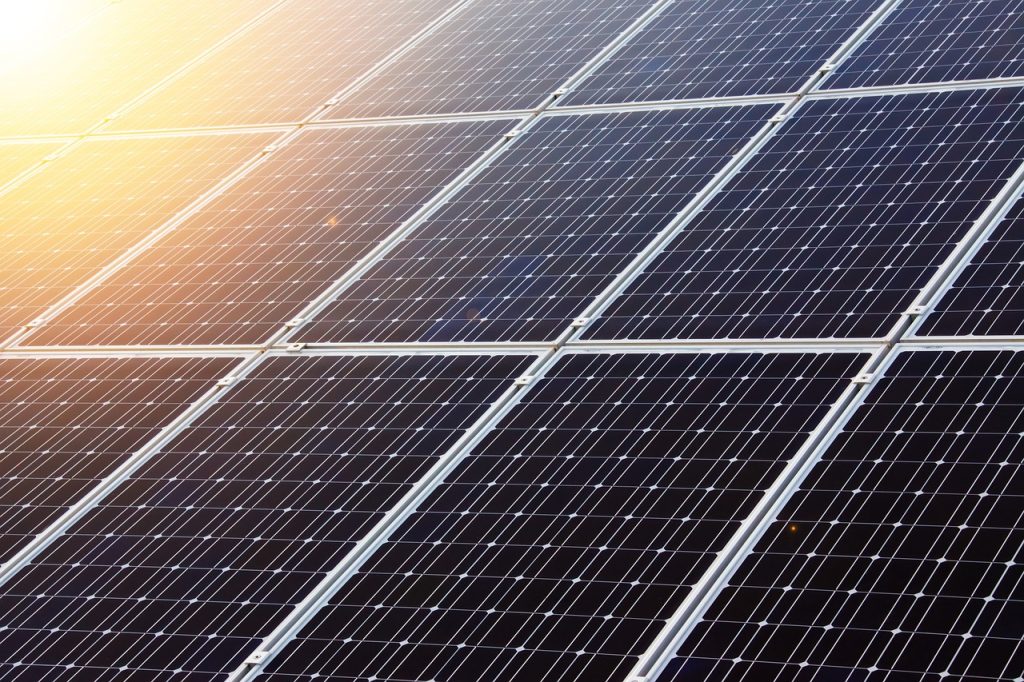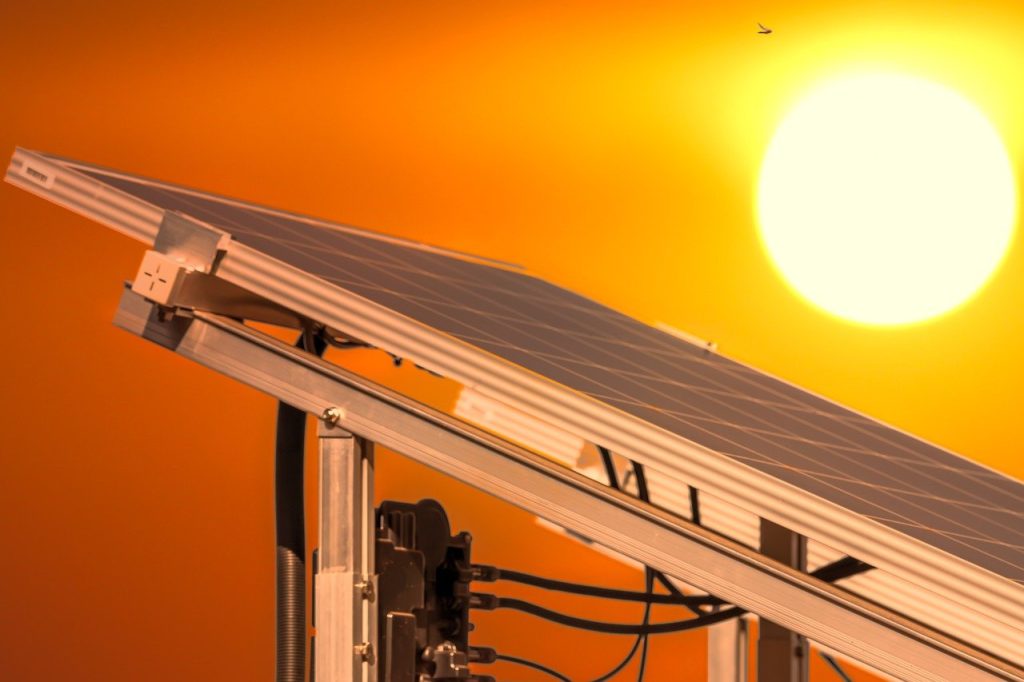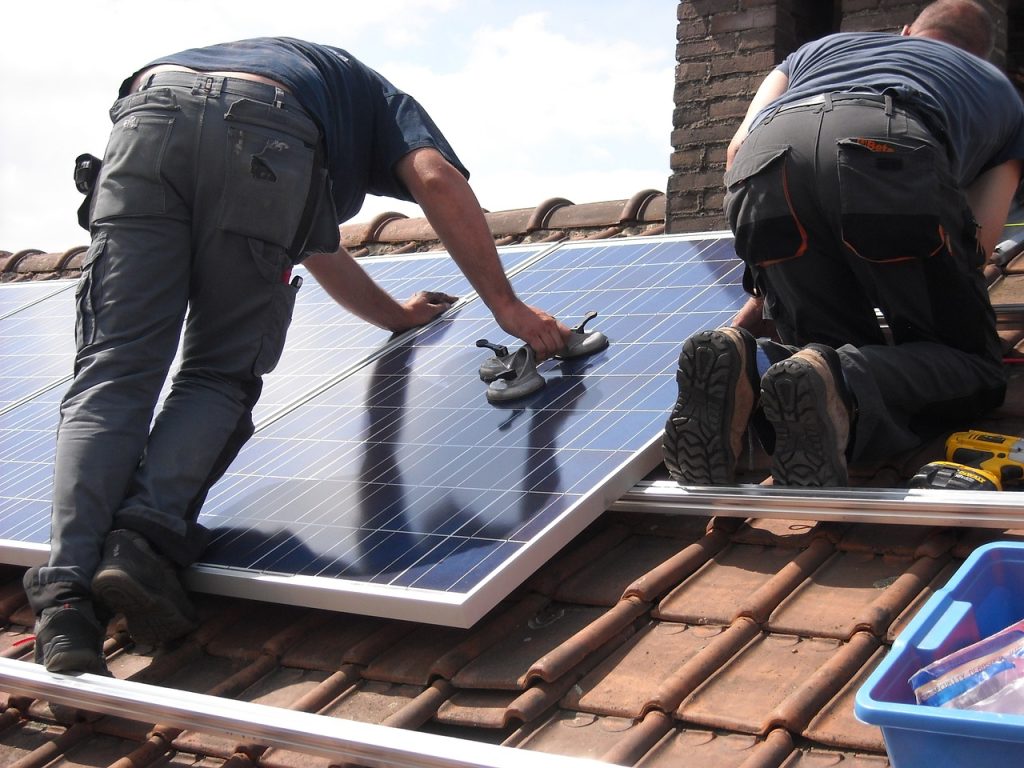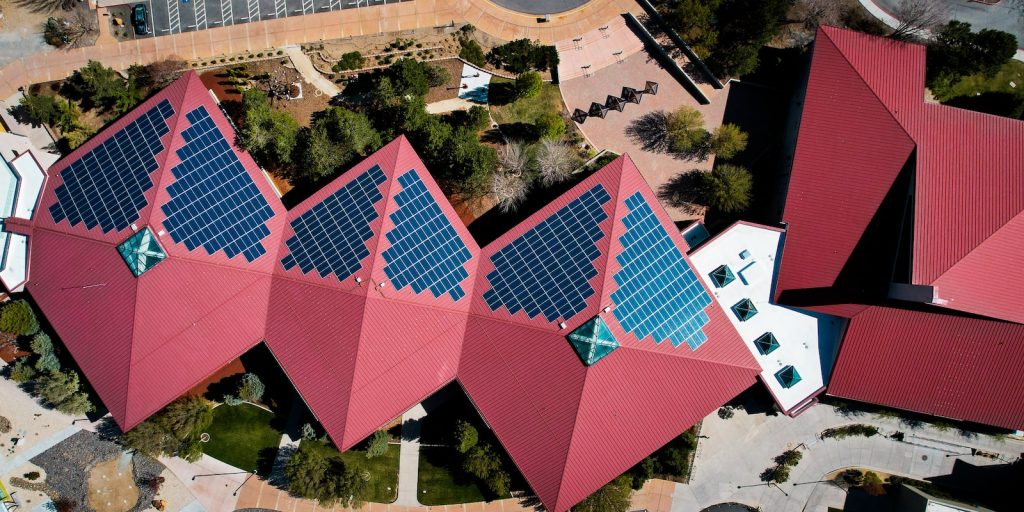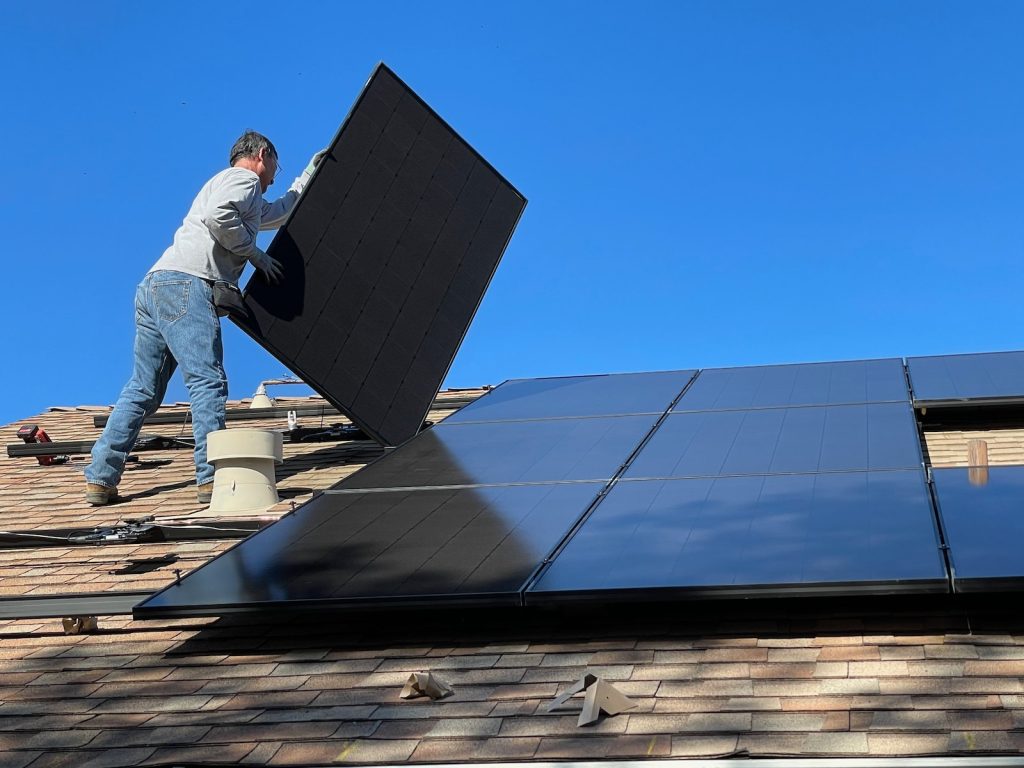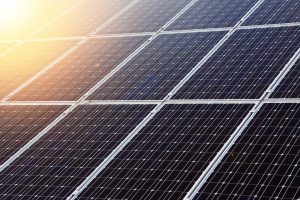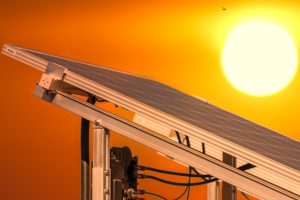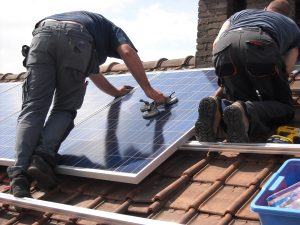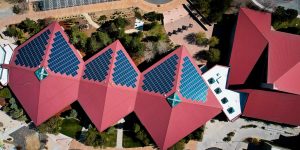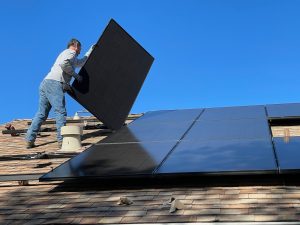Latest Post
Category Name
Category Name
What Time of Day Do Solar Panels Work Best?
The performance of solar panels is influenced by various factors, including temperature, sunlight intensity, angle of incidence, and time of day. While solar panels can generate electricity throughout the day, they typically work best during midday when the sun is at its highest point in the sky. Optimizing solar panel performance requires considering factors like shading, cloud cover, and proper panel orientation and tilt.
If a Solar Panel is 100 Watts, How Many Amps Does It Have?
To calculate the amperage of a solar panel, divide the wattage rating by the voltage. Factors such as temperature, shading, and panel efficiency can affect the amperage output of a solar panel.
What Gauge Wire Do I Need for My Solar Array?
Selecting the correct wire gauge is crucial for the efficiency and safety of your solar array system. Factors such as voltage, current, distance, and temperature play a role in determining the appropriate wire gauge. Following electrical codes and safety guidelines is essential when installing and connecting wires in a solar array system.
If you use 2,500 kWh a month of electricity, what size of solar array is recommended?
Determining the appropriate size of a solar array for your electricity needs involves considering factors such as average daily sunlight hours, solar panel efficiency, and your monthly electricity consumption. By estimating your electricity usage and assessing additional considerations like roof space availability and shading issues, you can make an informed decision about the size of the solar array that would be most suitable for your situation.
Why Are Solar Panels Often Installed an Inch Above the Roof?
When it comes to solar panel installation, the gap between the panels and the roof plays a crucial role. It provides ventilation, regulates temperature, protects the roof, and ensures easier maintenance and accessibility. By understanding these benefits, homeowners and building owners can make informed decisions when considering solar panel installations.
